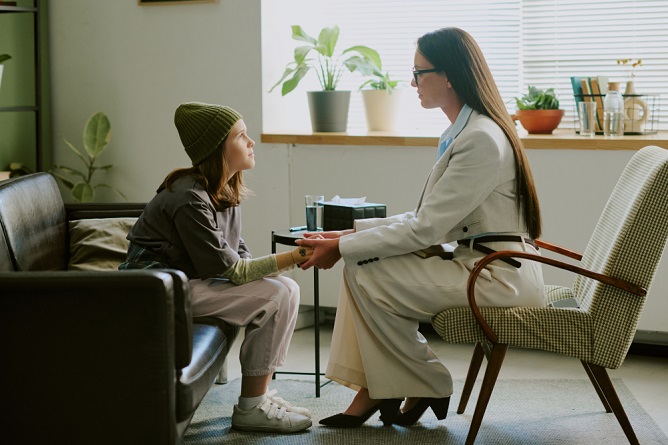


A Roadmap To Mental Wellness And Supportive Care
Intensive outpatient treatment (IOP) provides individuals with structured care while allowing them to continue living at home. This type of program is often an essential option for those dealing with mental health conditions that require more... Read more
Read More ›
Signs It’s Time to Talk To A Therapist
Feeling overwhelmed by emotions or struggling to maintain daily routines could be signs that therapy might be a helpful step. If you notice persistent feelings of sadness, anxiety, or frustration, it’s important to consider professional help.... Read more
Read More ›
How Safe Spaces Boost Behavioral Health Wellness
Creating a safe and supportive space is crucial for those seeking mental health treatment. An outpatient mental health clinic in Baltimore, Maryland, offers a confidential environment where individuals can feel at ease while addressing their... Read more
Read More ›
The Importance of Setting Mental Health Goals
Setting mental health goals is a vital step toward better well-being, and outpatient mental health services in Baltimore, Maryland, offer a supportive environment to make this process effective. These services help individuals define their... Read more
Read More ›
Outpatient Mental Health: Is It Your Best Option?
Outpatient mental health care can be an ideal solution for many individuals seeking support for mental health conditions. When considering whether it's right for you, it's important to evaluate the services available, such as outpatient mental... Read more
Read More ›
Autism Support: Outpatient Services Explained
Autism Spectrum Disorder (ASD) is a developmental condition that affects how individuals communicate and interact with the world. For families and individuals seeking support, an outpatient mental health clinic in Baltimore, Maryland offers... Read more
Read More ›